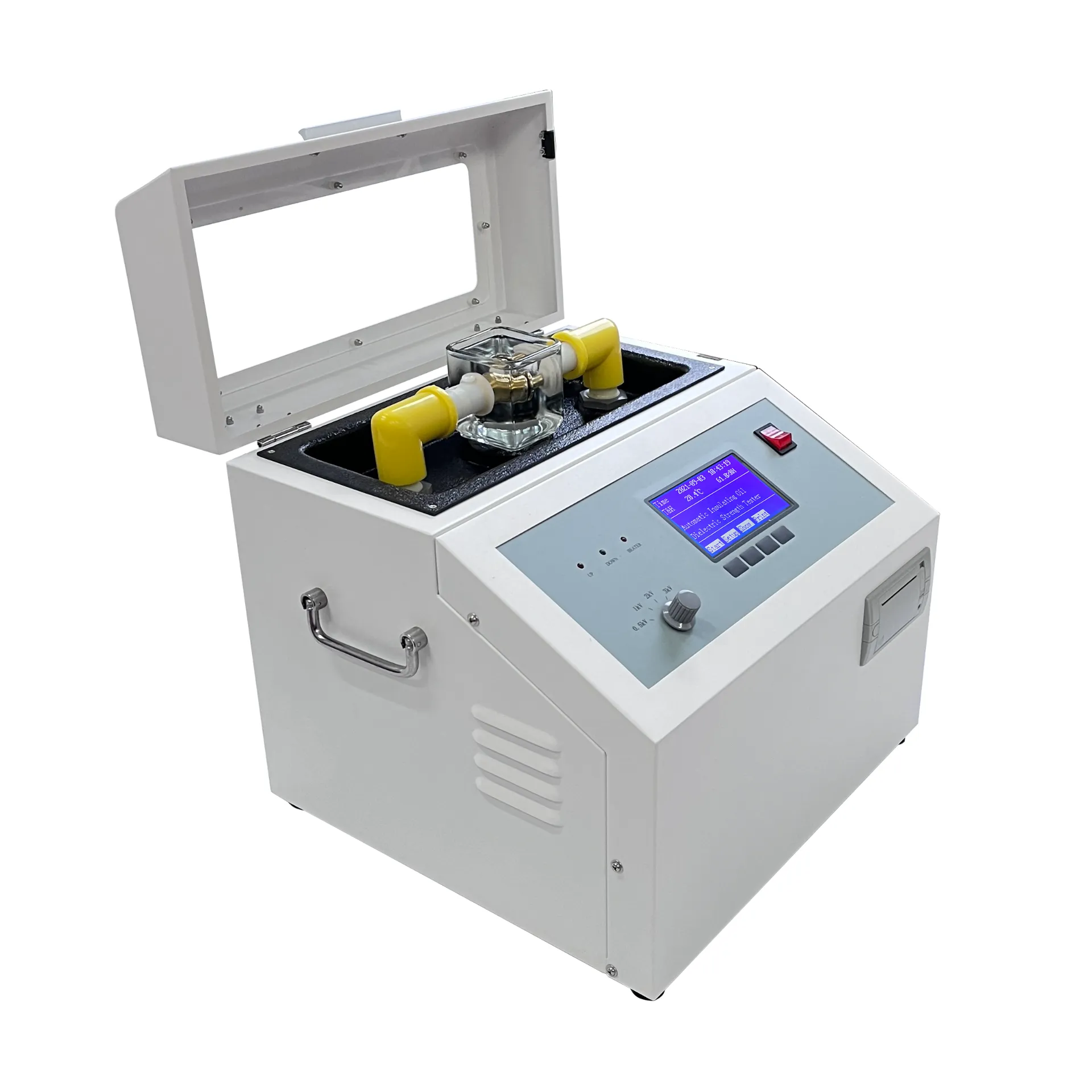 English
English


titration machine
The Significance of Titration Machines in Modern Chemistry
Titration is a cornerstone technique in analytical chemistry, facilitating the precise determination of the concentration of an unknown solution through its reaction with a standard solution. As the demands for accuracy and efficiency in laboratories grow, the advent of titration machines has revolutionized how chemists perform this essential procedure.
Titration machines automate the titration process, offering numerous advantages over manual methods. Traditionally, titrations are conducted by slowly adding a titrant from a burette to a sample solution while continuously monitoring the reaction. This manual process requires significant attention to detail, as even minor errors in measurement or timing can lead to inaccurate results. Titration machines eliminate many of these human errors by providing automated dispensing of the titrant, ensuring a more consistent and controlled addition.
One of the primary benefits of using titration machines is the enhancement of precision. These machines are equipped with highly sensitive sensors and advanced software that can detect the endpoint of a titration with pinpoint accuracy. Many modern devices utilize technologies such as potentiometry or spectrophotometry to monitor changes in the sample as titration progresses. By continuously measuring the properties of the solution—such as pH or absorbance—titration machines can determine the exact moment the reaction reaches its endpoint, thus improving the reliability of results.
titration machine

Moreover, titration machines significantly increase efficiency in laboratory settings. Automation allows for the simultaneous analysis of multiple samples, vastly improving throughput. This is particularly beneficial in high-volume laboratories, such as those found in pharmaceuticals, environmental testing, and food safety, where rapid and accurate results are essential. The time saved in manual titration processes can be directed toward other critical aspects of research and development, enhancing overall productivity.
Another noteworthy advantage is the consistency offered by titration machines. By standardizing the titration procedure, these machines minimize the variability that comes with human operators. This leads to more uniform results across different batches, which is crucial in quality control settings. In industries where compliance with strict regulatory standards is mandatory, the reproducibility provided by automated titration becomes invaluable.
Additionally, many titration machines are designed with user-friendly interfaces that streamline the workflow for laboratory personnel. Features such as pre-programmed methods, customizable protocols, and easy data integration with laboratory information management systems (LIMS) make it simpler to perform complex analyses. Users can quickly set parameters such as titration speed, volume, and types of reagents to be used, making the entire process more accessible, even for those new to the field.
In conclusion, the integration of titration machines into laboratory practices represents a significant advancement in analytical chemistry. By providing improved precision, efficiency, consistency, and ease of use, these machines are transforming how titrations are performed. As technology continues to evolve, it is likely that titration machines will become even more sophisticated, further enhancing our ability to understand and analyze the chemical world around us. In a discipline where accuracy is paramount, the role of titration machines is not merely beneficial; it is essential for achieving reliable and meaningful scientific results.
-
Differences between open cup flash point tester and closed cup flash point testerNewsOct.31,2024
-
The Reliable Load Tap ChangerNewsOct.23,2024
-
The Essential Guide to Hipot TestersNewsOct.23,2024
-
The Digital Insulation TesterNewsOct.23,2024
-
The Best Earth Loop Impedance Tester for SaleNewsOct.23,2024
-
Tan Delta Tester--The Essential Tool for Electrical Insulation TestingNewsOct.23,2024





